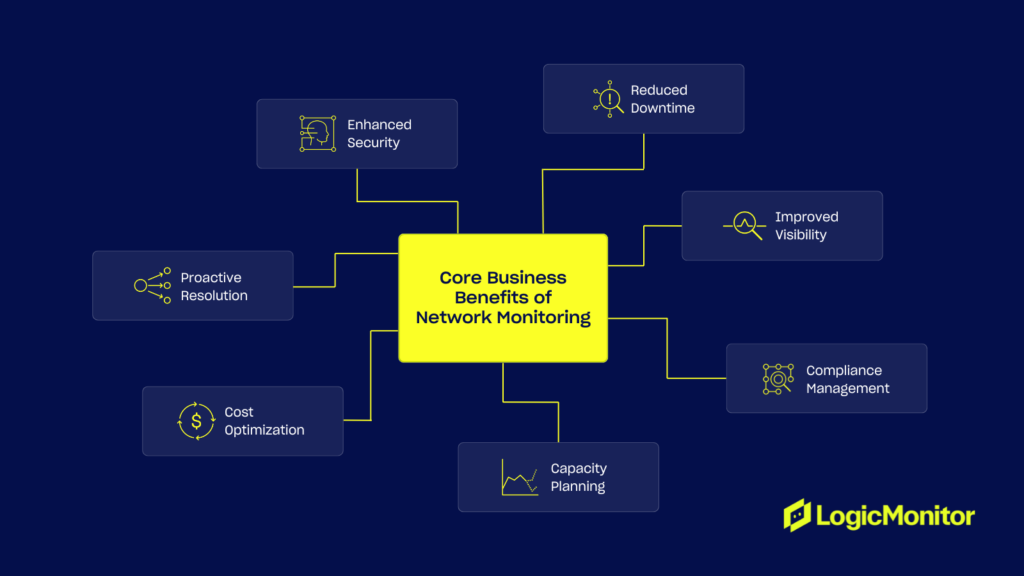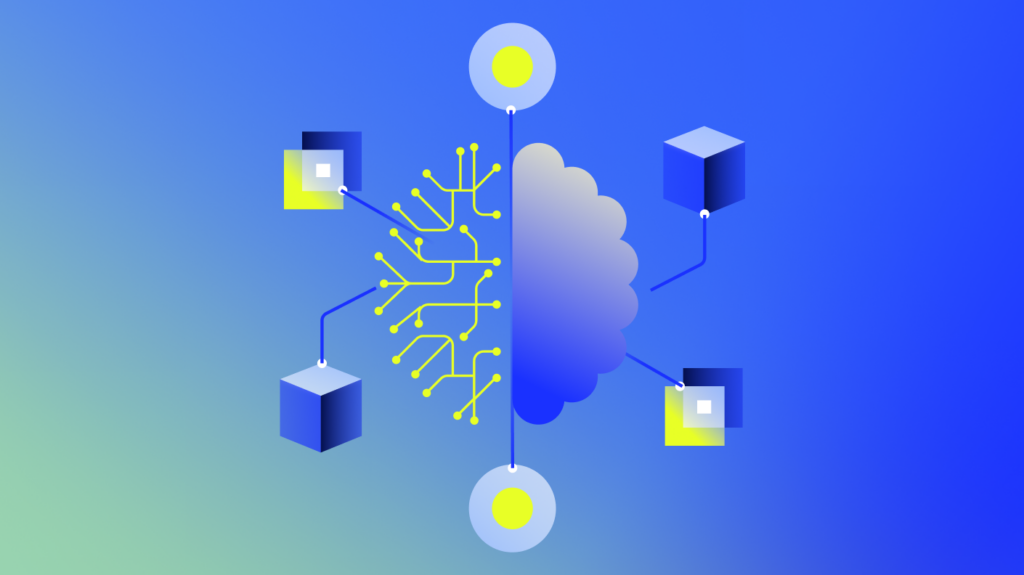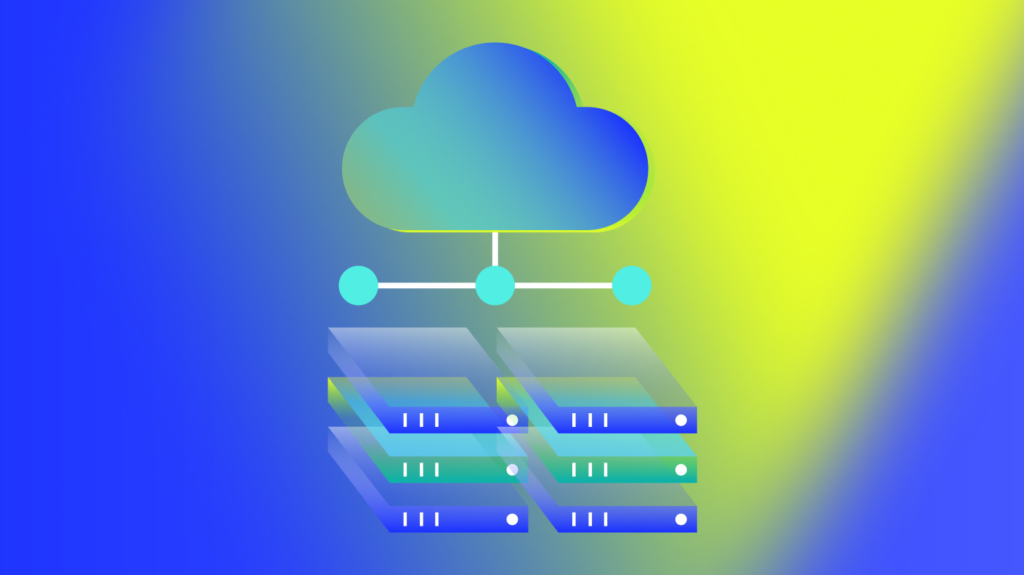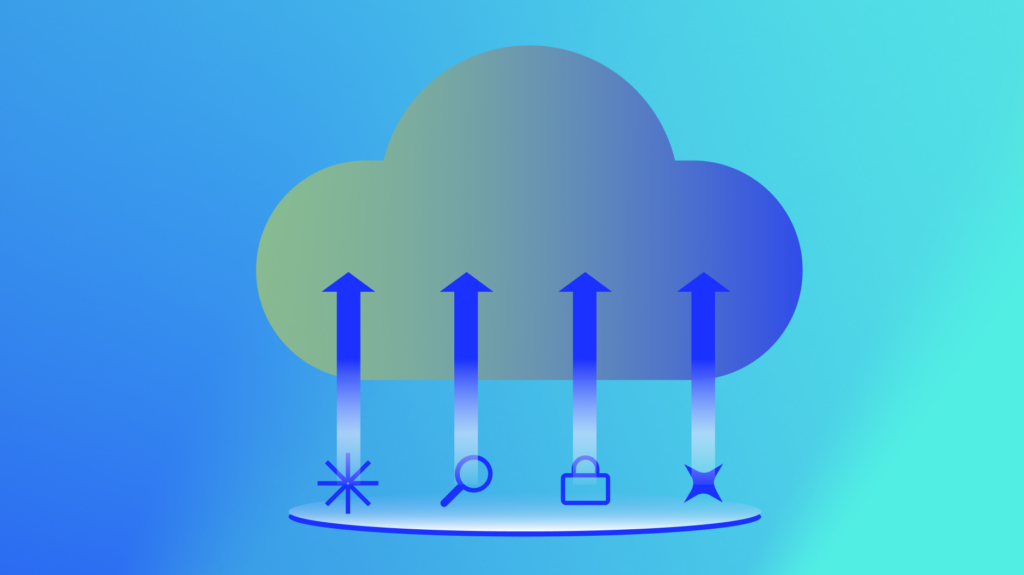Your network is the backbone of your business. Every application, every transaction, every customer interaction relies on a stable and high-performing network infrastructure. But as networks grow more complex, spanning on-premises systems, cloud services, and remote locations, maintaining optimal performance and security becomes increasingly challenging.
That’s where network monitoring comes in. A robust network monitoring strategy provides the visibility and insights you need to ensure the smooth operation of your business-critical applications and services. Here are seven reasons why network monitoring is crucial for your organization. Here are seven business benefits that show why network monitoring is crucial for your organization.

Core Business Benefits of Network Monitoring
The benefits go far beyond just “keeping the lights on.” Let’s explore how effective network monitoring can unlock significant business value.
1. Proactive Issue Resolution
You can proactively identify and resolve issues before they cause bottlenecks, improving device performance and overall network reliability. (Side note: A common issue I’ve seen in many organizations is that bottlenecks aren’t always related to traffic spikes. For example, I had a case where inefficient routing in a multi-site network caused latency, and monitoring helped us identify this as the root cause before it escalated.)
Real-world example: A manufacturing company uses network monitoring to track the performance of its production line equipment. By setting alerts for unusual activity or error messages, the IT team can identify and address potential equipment failures before they disrupt production, saving valuable time and resources.
2. Enhanced Security
You can monitor network activity to detect abnormal patterns and potential risks, ensuring quick action to maintain smooth operations. So, say unusual traffic spikes are detected, which could be an early indicator of a DDoS attack. Early flagging would allow teams to act swiftly.
Use case: A financial institution uses network monitoring to detect and prevent unauthorized access to its sensitive data. By monitoring for unusual login attempts, data transfers, or access patterns, the security team can identify and mitigate potential threats in real-time.
3. Reduced Downtime
You can quickly pinpoint problems and their root causes, decreasing downtime and its impact on business operations. By correlating log data with metrics, monitoring tools provide deeper insights into unusual behavior, helping teams detect and address issues faster. This holistic view accelerates both Mean Time to Detection (MTTD) and Mean Time to Resolution (MTTR), minimizing disruptions.
Real-world example: An e-commerce company relies on network monitoring to ensure the availability of its online store. By tracking server performance, website traffic, and application response times, the IT team can quickly identify and resolve any issues that might impact the customer experience or hinder online sales.
4. Improved Visibility
You gain more insight into your entire network infrastructure, creating a clearer picture of operations and usage patterns. In large, hybrid environments, visibility is critical. Monitoring tools give us a bird’s-eye view of both on-premises and cloud-based infrastructure, systems, applications, etc., helping to identify underused resources or overburdened systems.
Use case: A healthcare organization uses network monitoring to gain visibility into its complex network infrastructure, which includes multiple hospitals, clinics, and remote offices. By monitoring the performance and availability of critical systems, the IT team can ensure that patient care is not disrupted by network issues.
5. Cost Optimization
You can optimize resource allocation, prevent outages, and reduce operational costs by managing your network more efficiently. Cost optimization monitoring tools don’t just help resolve issues, they provide the data needed to make smarter, long-term decisions.
Real-world example: A growing startup uses network monitoring to track its cloud resource consumption. By analyzing usage patterns and identifying potential bottlenecks, the IT team can optimize their cloud infrastructure and avoid unnecessary costs associated with over-provisioning.
6. Capacity Planning
Effective capacity planning is so important for maintaining network performance as your business grows. It allows you to anticipate future demands, making sure your network infrastructure can scale without performance degradation or bottlenecks. By analyzing historical data and trends, you can forecast the need for increased bandwidth, additional connected devices, and capacity to handle traffic spikes. This proactive approach ensures that your network can handle evolving demands while maintaining optimal performance.
A big part of capacity planning is making sure your infrastructure can scale smoothly. With more businesses using hybrid or multi-cloud setups, it’s important to plan for easy growth across both on-premises and cloud systems. That way, as your organization expands—whether it’s from more remote work, new IoT devices, or higher data demands—your network can grow with you without losing speed or reliability.
Real-world example: An enterprise IT team is tasked with forecasting bandwidth needs to support the growing demands of a remote workforce. As more employees work from various locations, the IT team uses historical network usage data and trends to predict bandwidth requirements. With this insight, they can ensure the infrastructure is scaled appropriately, upgrading routers and switches as needed to support increased demand and avoid performance degradation during peak usage times. By incorporating proactive capacity planning into their network management strategy, the IT team can guarantee smooth, uninterrupted performance as their remote workforce continues to expand.
7. Compliance Management
You can ensure your network meets mandatory standards. Compliance is non-negotiable in many industries. During my time working with healthcare clients, network monitoring tools were essential for maintaining HIPAA compliance by ensuring that patient data remained secure and access logs were always up to date. The same principle applies across various sectors—monitoring helps ensure that security configurations and privacy protocols are continuously enforced throughout the network.
Use case: A government agency uses network monitoring to ensure compliance with data security regulations. By monitoring network access, data transfers, and security configurations, the IT team can demonstrate compliance with relevant standards and avoid potential fines or penalties.
Wrapping Up
Network monitoring is a must-have for any organization that depends on its IT systems to keep things running smoothly. Catching issues early stops small problems from turning into major headaches. Better security features protect sensitive data and defend against growing cyber threats, while less downtime means your services stay up and running, keeping productivity high and customers happy.
With better insights into how your network is performing, your IT team can make smarter decisions to optimize resources and improve efficiency. Plus, it helps cut costs by avoiding waste and unnecessary expenses. On top of that, strong compliance support makes it easier to follow industry regulations, reducing risks and building trust with stakeholders. In the end, network monitoring isn’t just about keeping your systems in check; it’s about helping your organization reach its goals and deliver real value to your business and customers.
Now that you understand the benefits of network monitoring, let’s explore how various sectors implement monitoring to address their unique challenges and requirements.
Subject matter expert in IT and Managed Services with 20+ years of experience across NOC operations, product management, and service delivery.
Subscribe to our blog
Get articles like this delivered straight to your inbox









